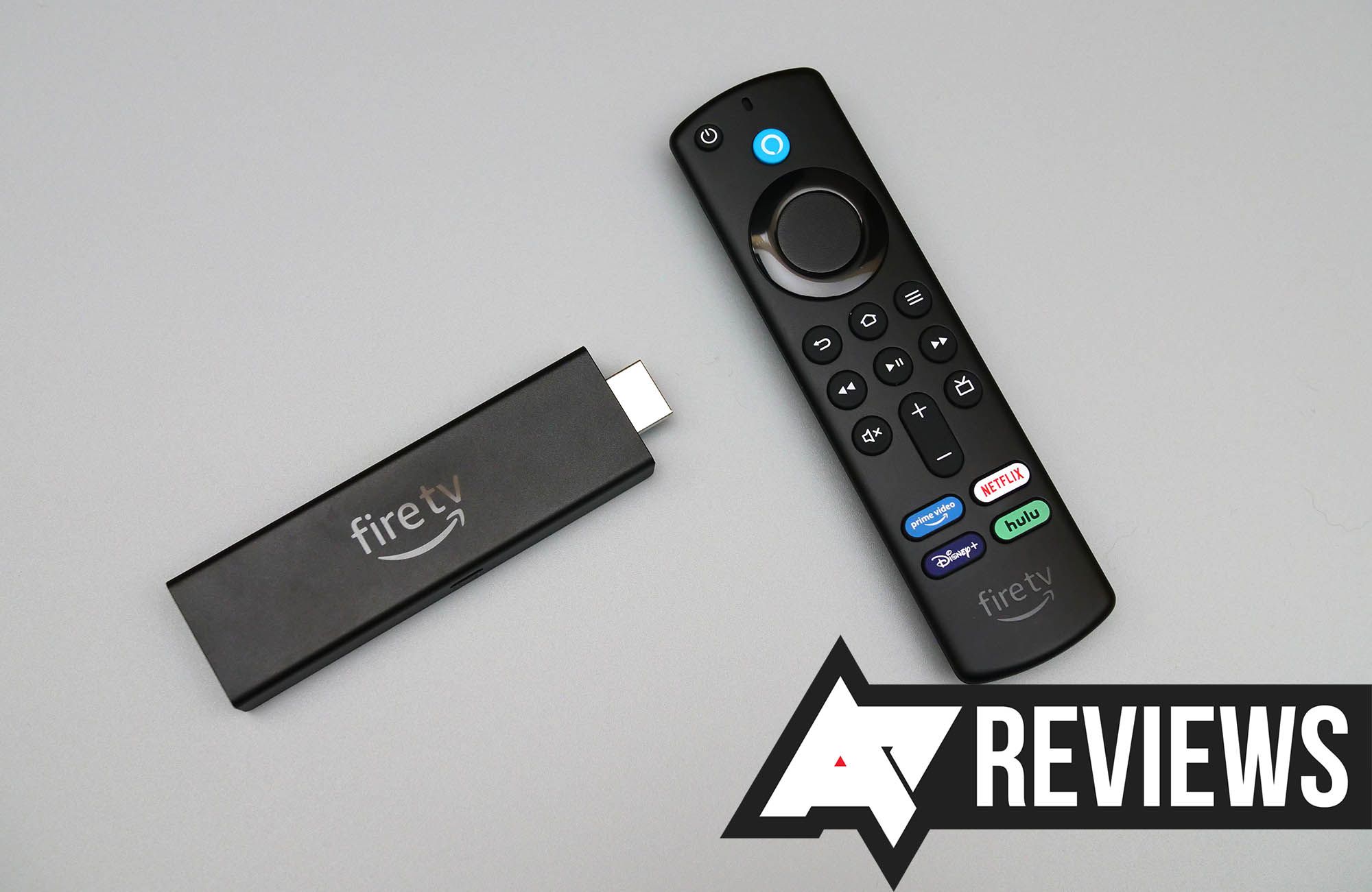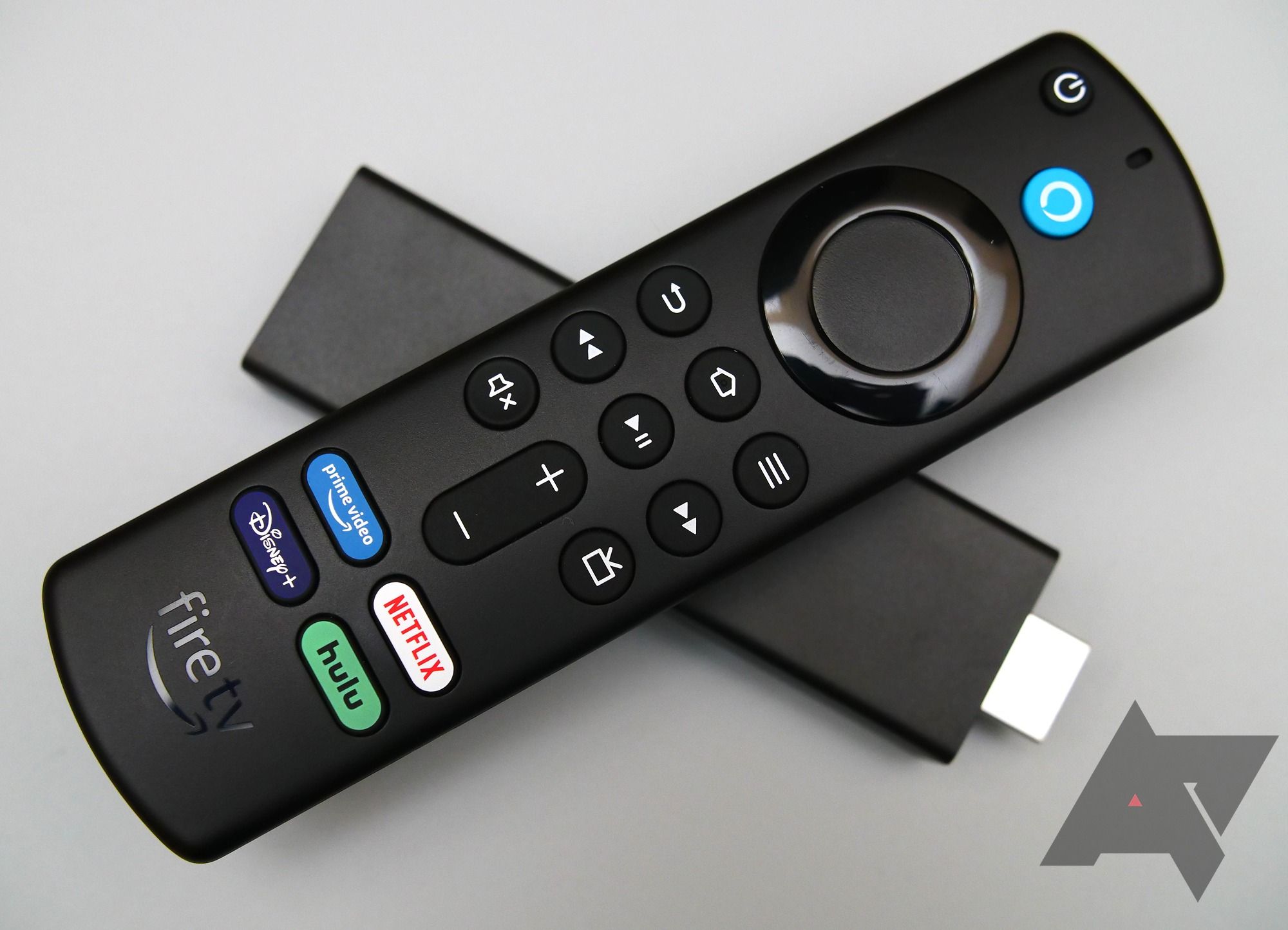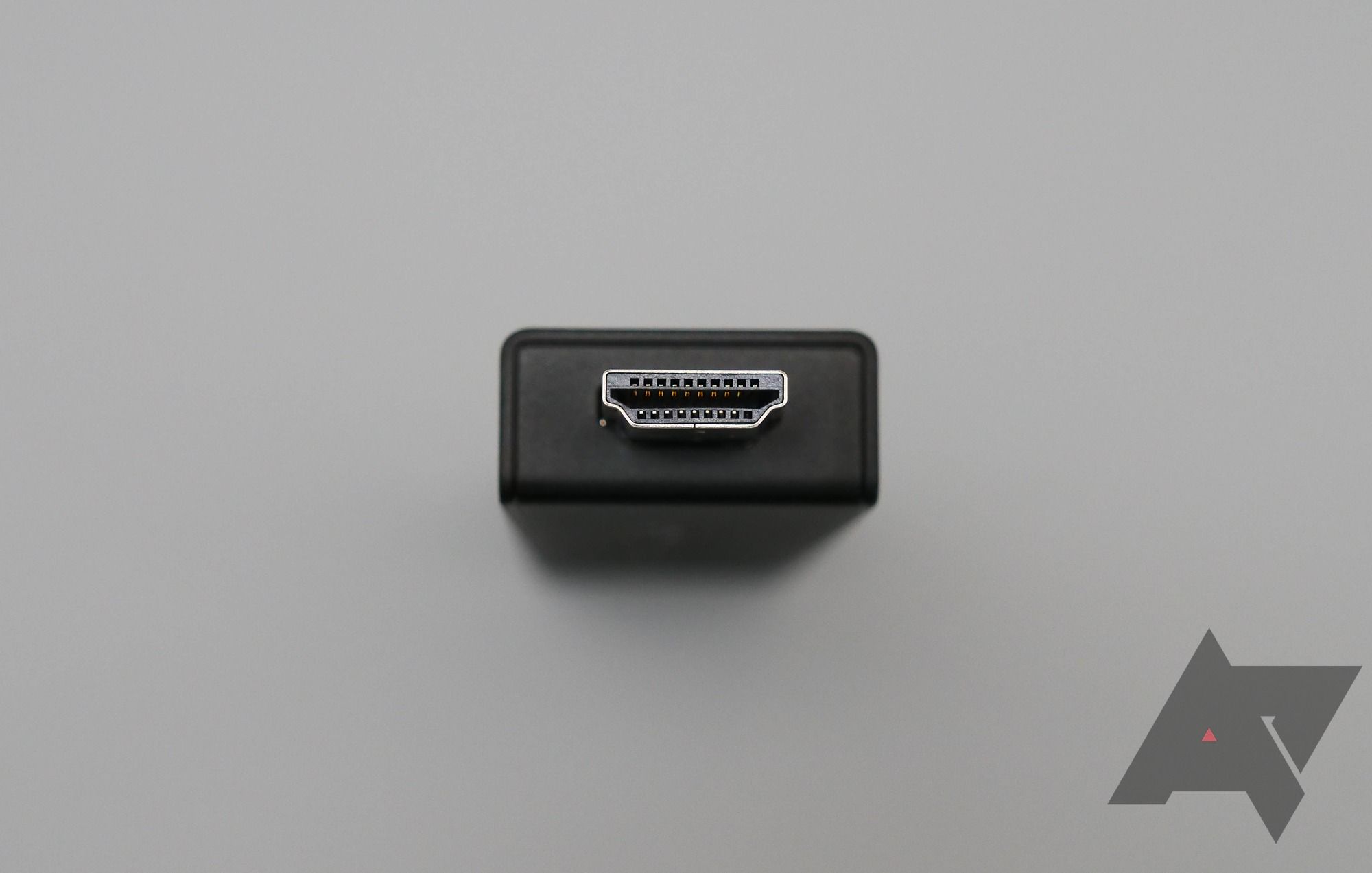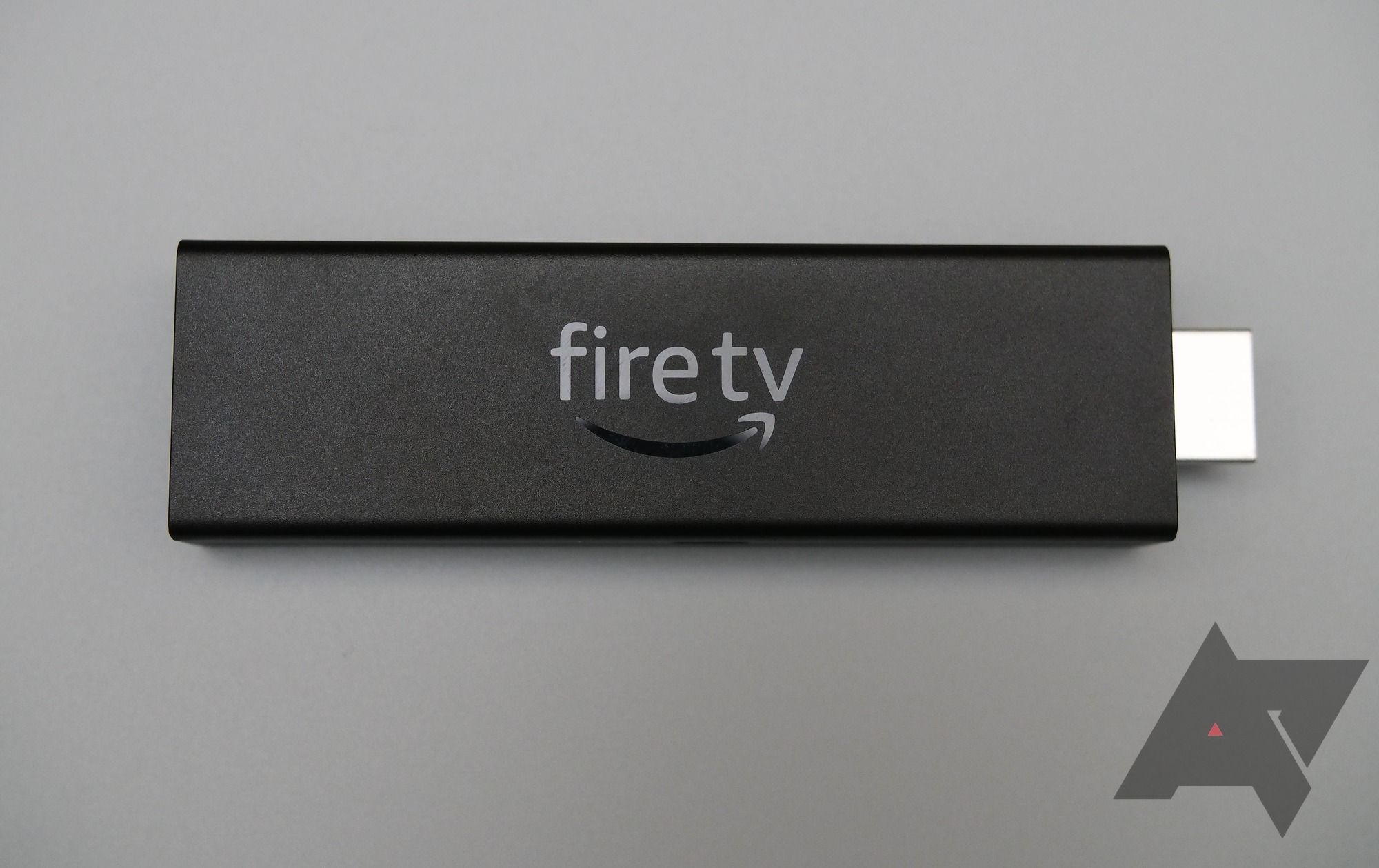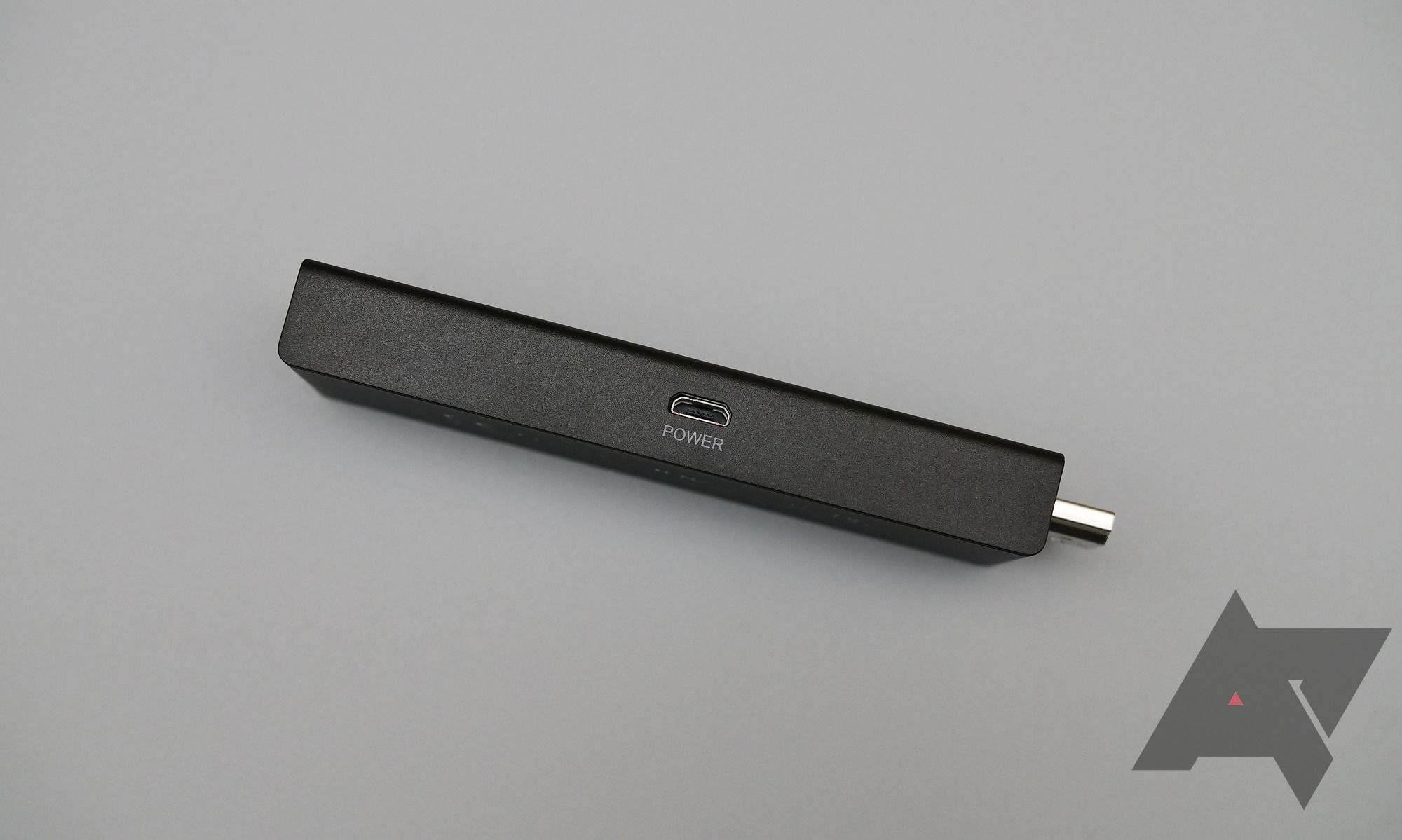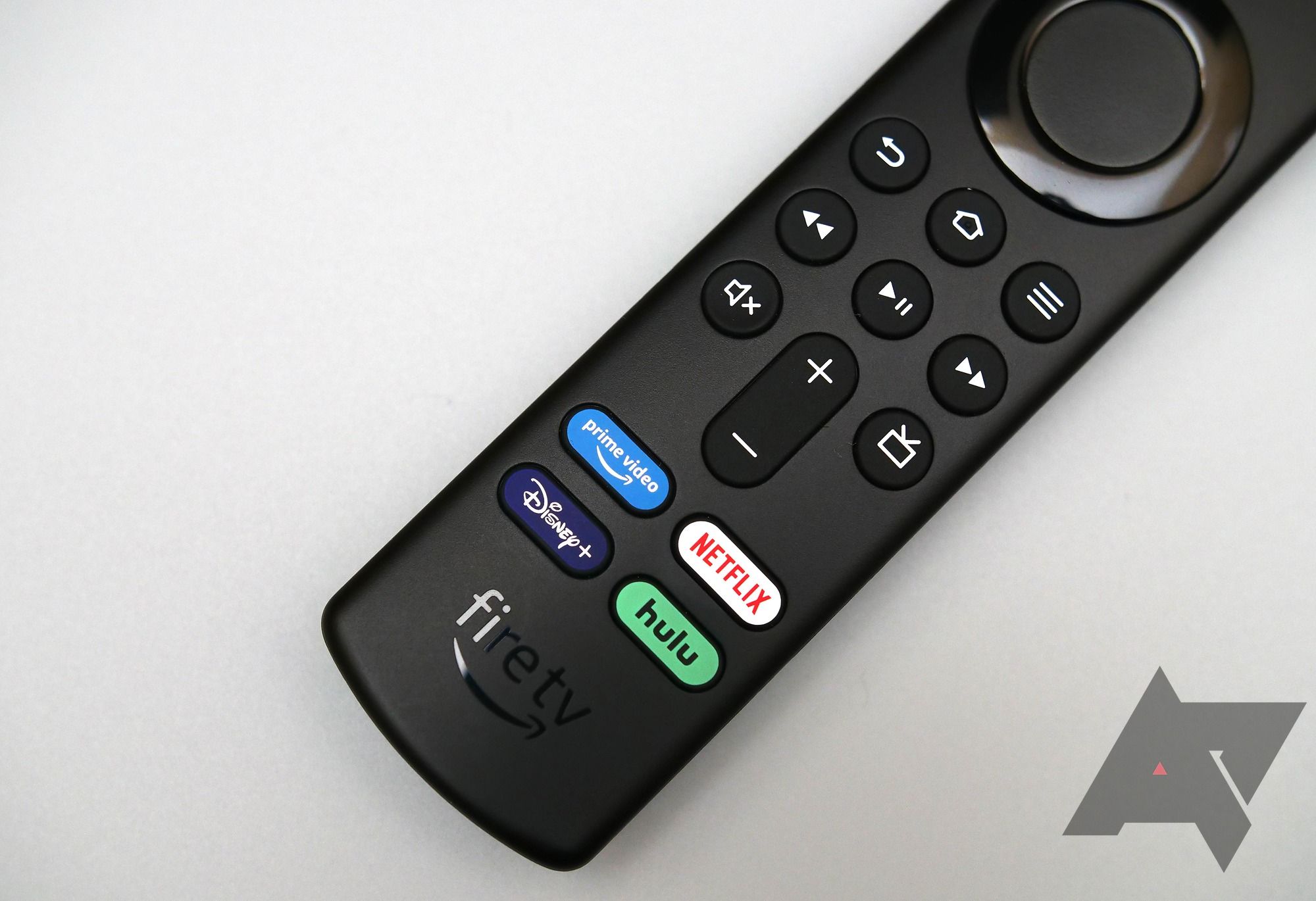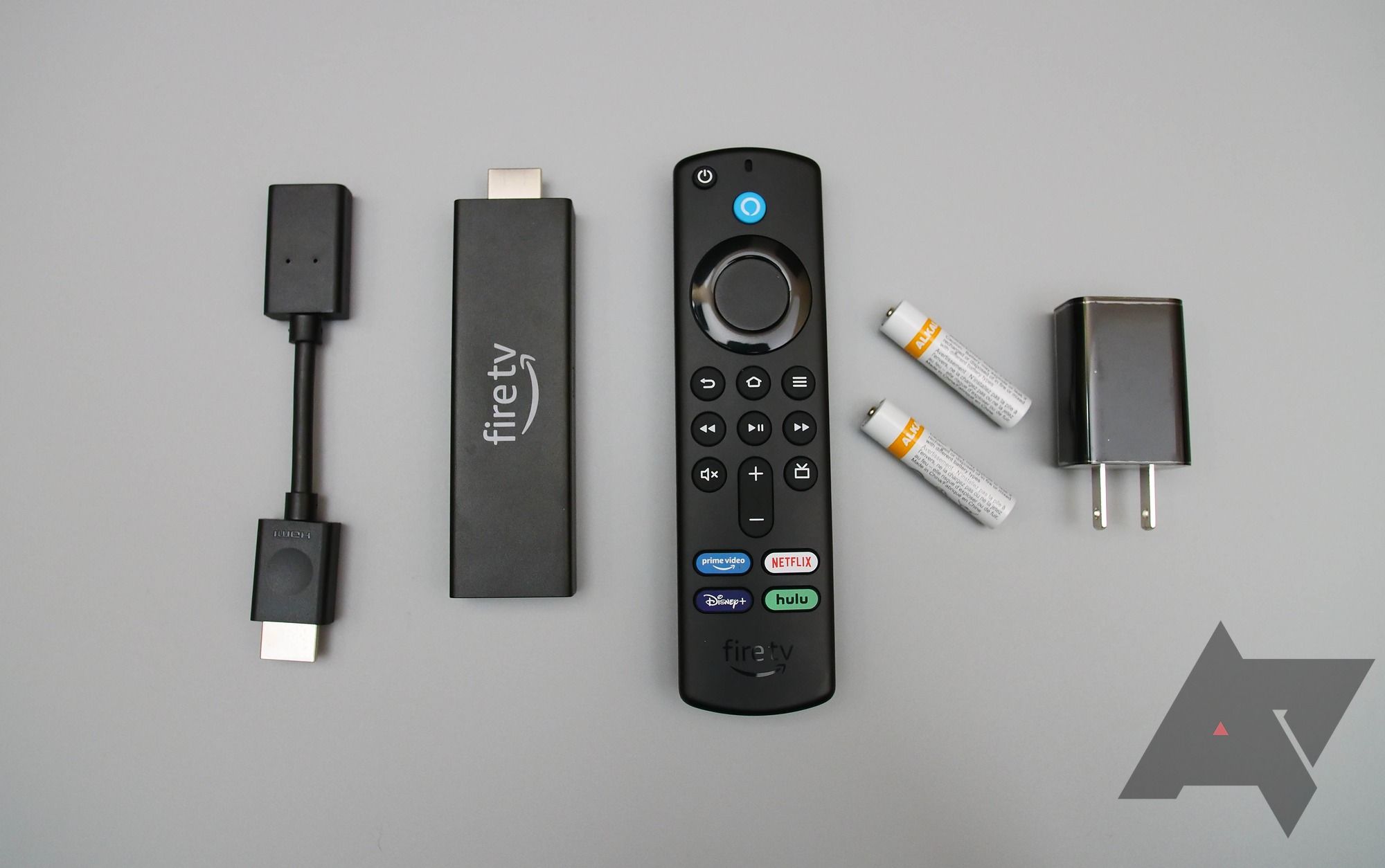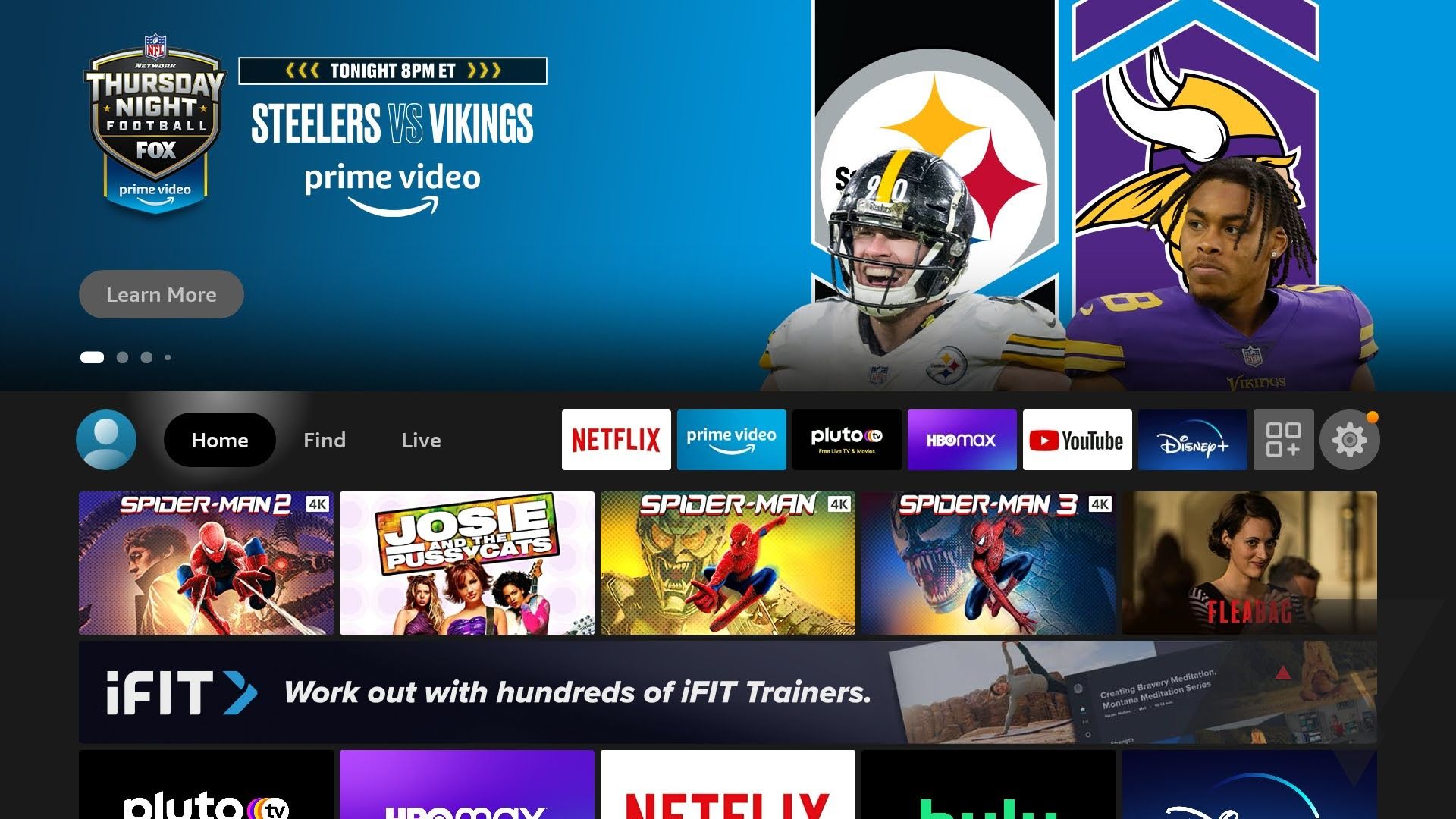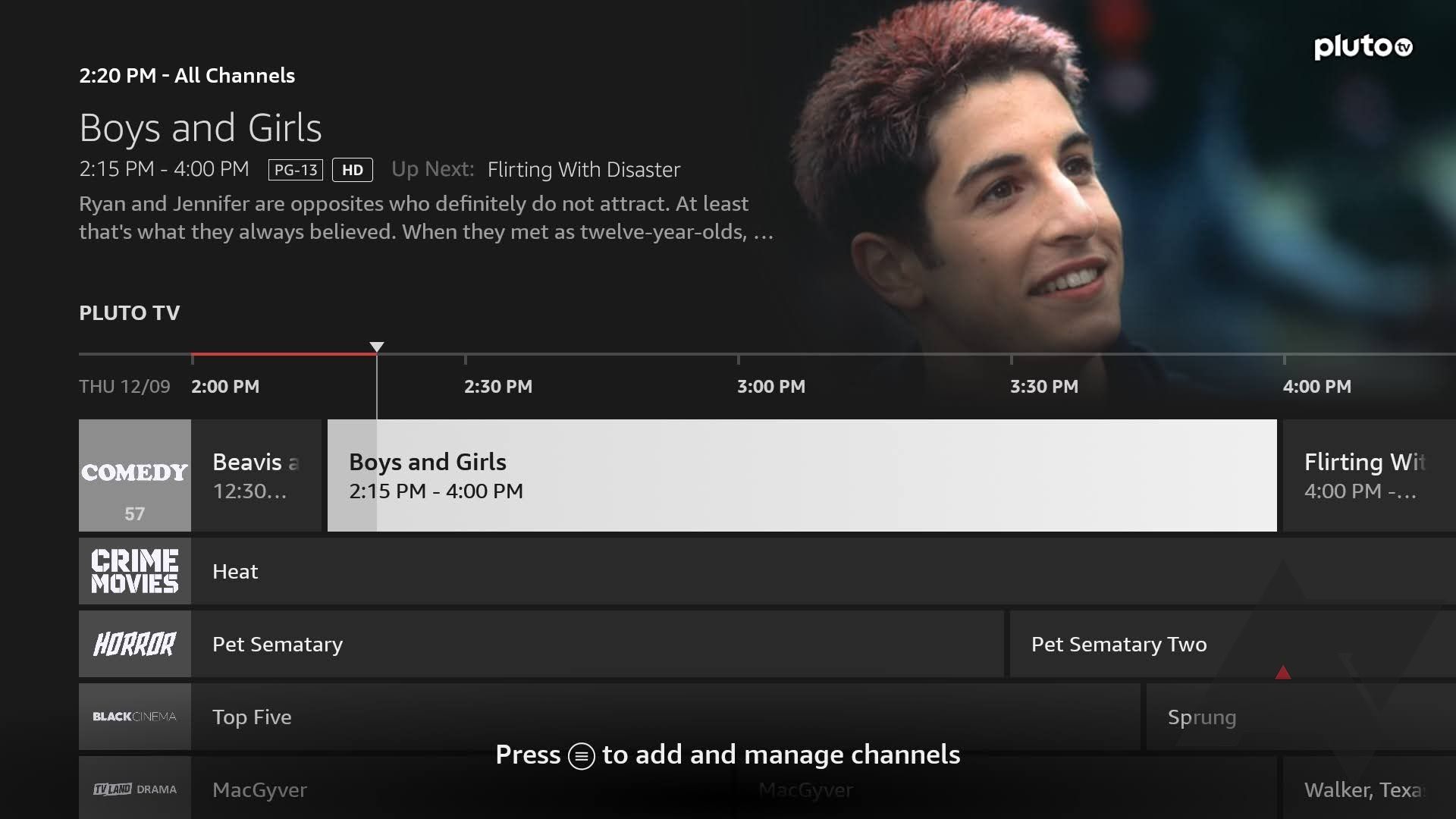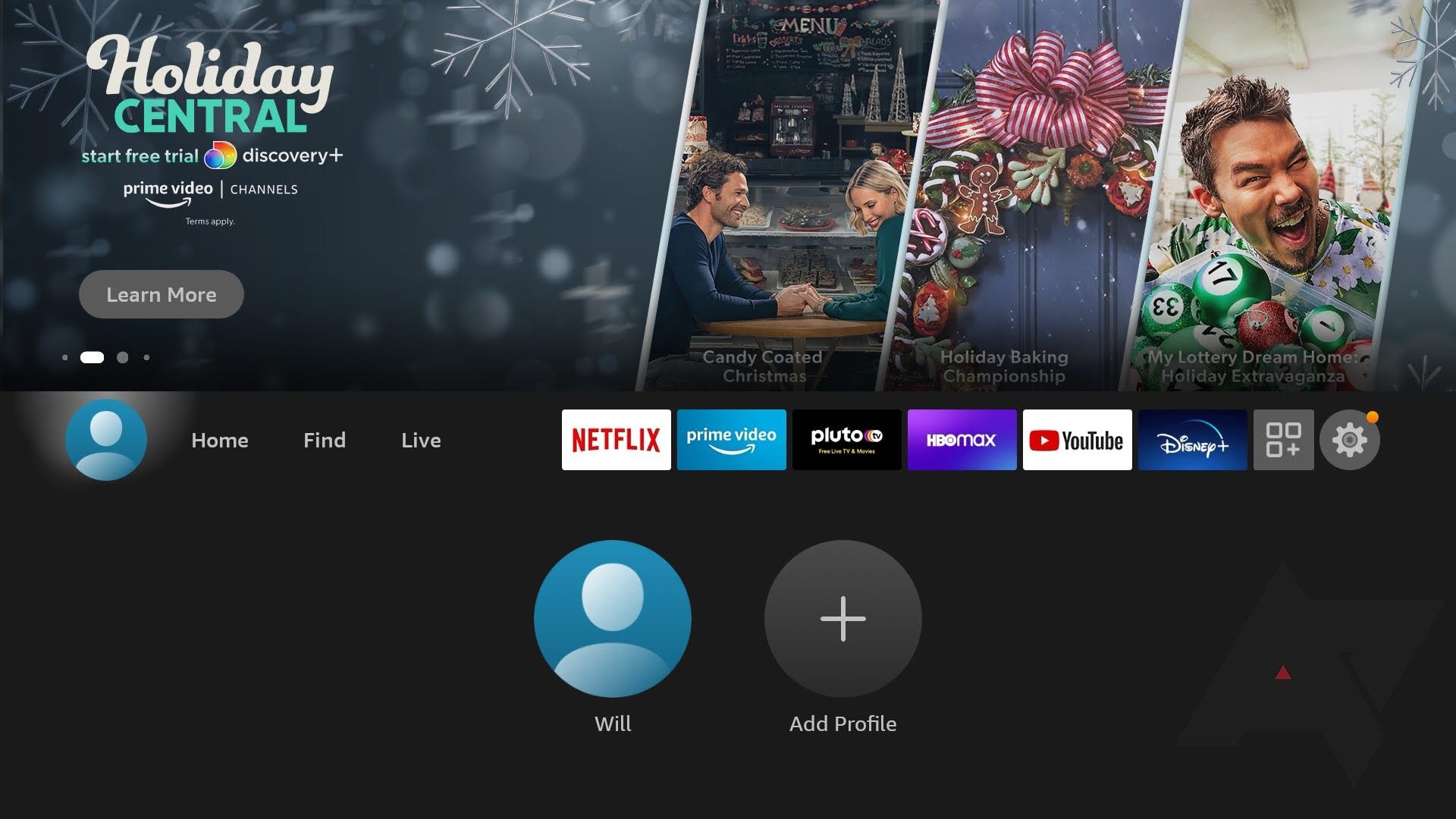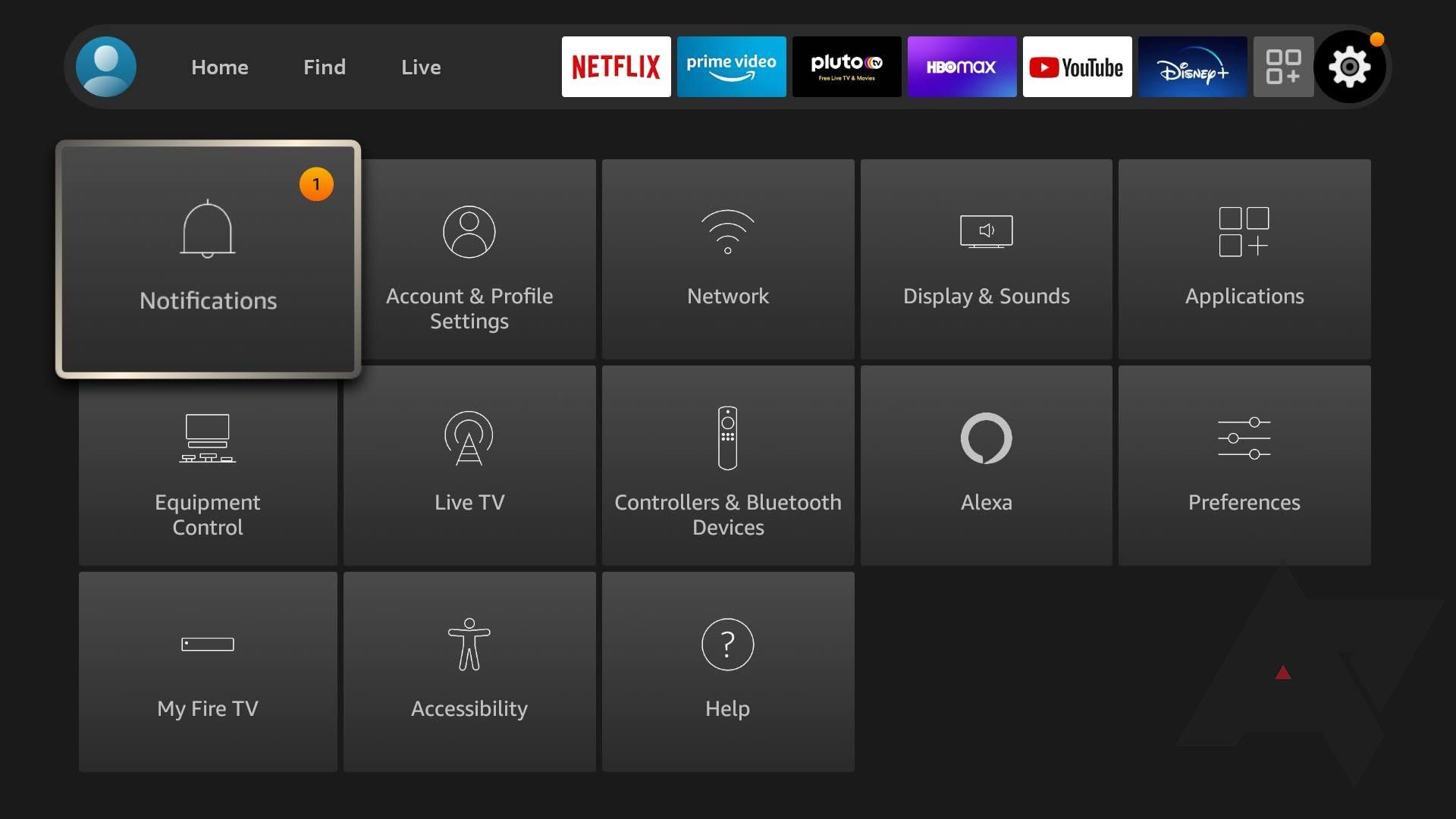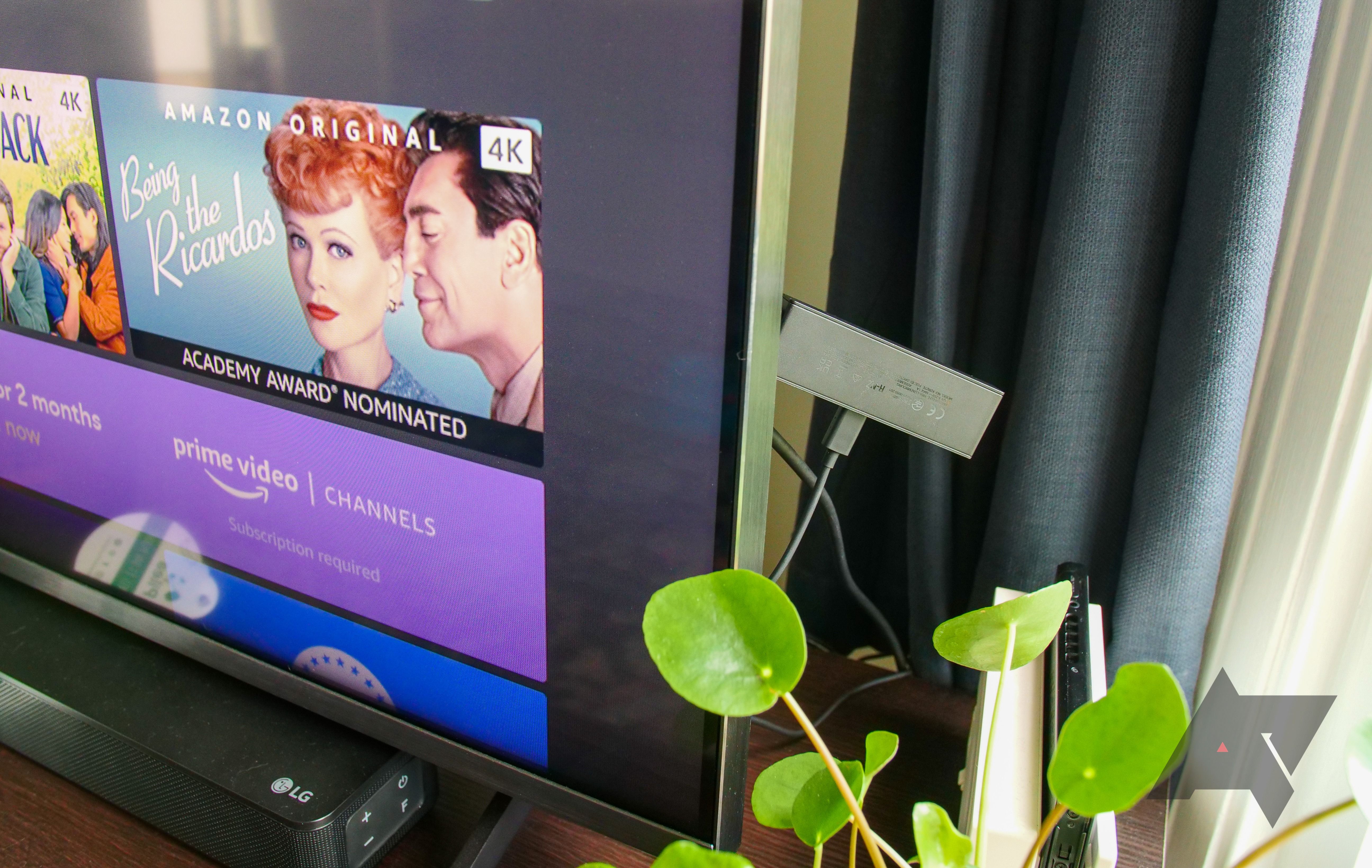Read update
- Long term update
More than ever, the device you choose to stream Netflix, Hulu, and dozens of other subscription services is as important as the TV itself. Sure, you can rely on built-in software — after all, most televisions these days partner with the likes of Roku, Amazon, or Google to make additional accessories redundant. But that software is often much slower than what you'll find on standalone boxes, which means picking up dedicated devices can actually present a much-needed upgrade.
Amazon's Fire TV Stick 4K Max represents the high-end of its ever-growing Fire TV platform. While it might not look any different than the older 4K model, its CPU is more powerful, it boasts a larger amount of RAM, and its networking speeds are faster than ever. Whether that's enough to win over critics of Fire OS is another question entirely, but there's no doubt that a Fire TV Stick 4K Max might be worth its asking price — especially if it's on sale.
Amazon Fire TV Stick 4K Max
Amazon's latest streaming stick is perfect for anyone already deeply invested in its ecosystem, but others might want to look elsewhere.
- Brand: Amazon
- Operating System: Fire OS
- Downloadable Apps: Yes
- Resolution: 4K
- Ports: HDMI, Micro-USB
- RAM/storage: 2GB / 8GB
- Connectivity: Bluetooth 5.0, Wi-Fi 6
- Price: $55
- Display: Dolby Vision, HDR 10, HDR 10+
- Audio: Dolby Digital Plus, Dolby Atmos
- Integrations: Amazon Alexa
- CPU: Quad-core 1.8GHz
- Performance is as speedy as ever, and apps don’t constantly reload when swapping back and forth.
- Every subscription service under the sun is on Fire TV.
- Excellent video and audio quality.
- Only $5 more than the original 4K model.
- The interface is loaded with ads and can be relatively difficult to navigate.
- The remote now includes dedicated shortcuts to services you might not use.
Design, hardware, what's in the box
These days, if you've seen one streaming stick, you've seen them all. There's not much diversity in design outside of Nvidia's tube-shaped Shield TV and Google's signature puck for its latest Chromecast. Frankly, when you're sticking something behind your television, there's nothing wrong with making it look as plain and utilitarian as possible, and that's exactly what Amazon did here.
As with the rest of its lineup of streaming sticks, Amazon's latest Fire TV Stick is a simple plastic rectangle with an HDMI connector sticking out of one end and a microUSB port in the middle. We've forgiven the company in the past for sticking to microUSB — after all, who cares if your streaming stick's power cable is interchangeable with the rest of your gadgets — but frankly, it's starting to feel long in the tooth.
USB-C might not seem like a useful improvement, but it would allow the Fire TV Stick Max to take advantage of hubs offering Ethernet and additional USB-A ports for external storage. MicroUSB isn’t a deal-breaker, but this gadget is Amazon's high-end streaming stick, and as such, caters more to power users than your average buyer. The company does sell an Ethernet adapter for $15, but throwing in a modern port would make swapping in and out accessories a whole lot easier.
While you won't be interacting with the actual stick very often, you will be grabbing the bundled remote every day. Although previous Amazon remotes have omitted the usual grab bag of streaming service shortcuts, its latest Alexa-enabled model includes four branded buttons along the bottom. Unsurprisingly, Prime Video gets prime placement, with Netflix, Disney+, and Hulu following suit. You can change these if you're willing to put in some work, but you'll still have logos all over your remote. No doubt these buttons will bug some people, but I think they're fine. I've even managed to avoid accidentally pressing them. The same can't be said for my Chromecast with Google TV remote.
The remote’s plastic body isn't anything remarkable, but it gets the job done. An Alexa-branded voice command button at the top of the remote makes it easy to search for movies and TV shows, issue commands to your smart home devices, and even control playback — though you're probably better off just hitting the pause button instead. If you have Echo speakers in your home, they'll also work to deliver voice commands and other actions to your TV. The remote can also control your TV's power and volume over IR — super handy if you're trying to avoid swapping back and forth between controls. After months
In the box, you'll find the Fire TV Stick itself, a microUSB cable, power brick, an HDMI extender, the remote, and two AAA batteries.
Software and performance
In 2020, Amazon finally started to roll out a new interface for its Fire TV devices, something most users would argue was long overdue. While I've never disliked the company's streaming UI, it was definitely starting to feel dated compared to competition from Google and Apple.
Unfortunately, I actually think I prefer Amazon's older look and feel to its current version. It doesn't necessarily look any more modern — it just looks different, with more tabs and menus spread around each menu. It also doesn't fix the biggest issue most people have with Fire TV products: incessant advertising. Between the rotating banners along the homepage and the constant prioritization of Prime and Freevee-branded content, it all feels a little overwhelming.
Granted, Amazon's not alone in this. Google has really been pushing sponsored content on its latest Chromecast, to the detriment of its recommendation engine. Even still, Amazon's experience is worse than usual. The banners along the top of the homepage don't feel personalized at all — often recommending Amazon's in-house home shopping network and Prime channels I don't subscribe to — and the second row of content is taken up by additional sponsored items. While you can reach your list of installed apps before scrolling by this banner, it's incredibly frustrating to constantly navigate around advertisements when trying to find a Friday night movie. Hell, if you walk away for a few minutes to make yourself some popcorn, you'll likely come back to a default screensaver filled with — you guessed it — ads.
Compared to Amazon's older UI, the most significant changes are at the top of the home screen. The search tab has been renamed "Find" and placed in a separate group alongside Home and Live. The Live tab — which you can also access from a dedicated button on the remote — pulls from any Prime Channel subscriptions you might have, along with a slightly smaller selection of channels from services like Pluto TV and Freevee (previously IMDB TV).
To the right of these options are a handful of pinned apps you can keep as favorites. It makes it easy to jump right into any application — no matter how niche — without being forced to browse through ads and unrelated content to find the service you want.
While the UI might feel cluttered and unorganized, at least Fire TV isn't lacking in content. Competitors like Roku struggle to keep services from leaving the platform, but Amazon's lineup of apps has every single service you could ever hope for — and countless you didn't know existed. Its channel service gives easy access to content you might otherwise not sign up for, occasionally offering massive discounts for new accounts. For example, I signed up for Showtime ahead of Prime Day for just 99 cents for my first two months, even though I took advantage of that same deal back around Black Friday. Even if I cancel before it renews at full price, I've undoubtedly gotten my money's worth. And hey, since all Fire TV devices are using Android underneath Amazon's software, you can always sideload an APK if you're missing something.
The biggest difference between the original Fire TV Stick 4K and its new Max-ed out big brother is a significant boost in power — although you might not expect it when comparing these specs sheets side-by-side. Amazon promises a "40% more powerful experience" compared to the basic 4K device, though what that actually means in real-world performance is unclear.
The Fire TV Stick 4K Max packs in a MediaTek MT8696 quad-core CPU rated at 1.8GHz, the successor to the MT8695 found in the company's first 4K streaming stick. It's paired with an upgraded IMG PowerVR GPU and 2GB of RAM — the latter of which, in my experience, makes the most significant difference between devices. While it's still limited to 10/100Mbps Ethernet, Wi-Fi 6 has been added for improved network performance (assuming you've upgraded your router to take advantage of it).
Specs aside, performance is excellent. I'm sure the newer CPU is helping, but I think the biggest reason to buy this over the 1080p or last-gen 4K model is the upgraded RAM. I was able to swap between four different apps without any of them relaunching or refreshing, and by far, this is the biggest reason to buy one of these. If you've ever spent half an hour switching between various services while trying to find something to watch, you'll appreciate how much faster it feels not to have to re-select your profile name every single time.
As with any high-end streaming gadget, you'll find the usual slate of visual and audio standards. HDR10, HDR10+, and Dolby Vision, and Dolby Atmos are all available out of the box, as one would expect. Sadly, there’s no DTS audio support. The usual slate of video codecs is here, too, with one big addition: AV1 support. Amazon is a founding member of the Alliance for Open Media, so it shouldn't come as any big surprise that it's been added. Still, it's become as important as ever — especially considering it was one of the underlying issues surrounding YouTube TV getting pulled from Roku products.
Should you buy it?
Yes, especially if you're already in the Alexa ecosystem. I have no real love for Amazon's UI, which I find about as serviceable as any of its competitors. The advertisements are frustrating, though generally easy to ignore, and unlike on Google TV, the sponsored content is limited to a top banner ad alone. But really, all of this comes down to speed. Launching apps, switching between services, returning to the home screen — I can't reiterate enough how much that matters. And while devices like the Apple TV offer similar performance, I can hardly justify anyone outside die-hard iOS fans pick up a device that costs more than three times Amazon's top-tier streaming stick.
You're really going to get the most out of this if you have Echo-branded speakers and smart displays littering the house. Amazon's built itself quite the ecosystem, and if you've adopted Alexa as your preferred way to control your thermostat or the locks on your door, this Fire TV device will fit right in. The built-in voice control on the remote will still work well for anyone who doesn't use Echo products, but if you have the opportunity to shop around for other streaming gadgets, it might be worth your time.
Overall, the Fire TV Stick 4K Max might not seem like an exciting platform, but I think it's a really great choice for anyone frustrated with managing their streaming subscriptions. While Google TV does a better job pulling from your linked accounts, you can't beat the speed here while jumping from app to app. It truly makes browsing for a Friday night movie a more pleasurable experience.
Buy it if:
- You’re already in the Alexa ecosystem.
- You don’t mind a ton of ads on your TV.
- You’re looking for the cheapest, best performing streaming stick you can find.
Don’t buy it if:
- You want a clean, uncluttered UI.
- You don’t like dedicated buttons on your remote.
- You’re deeply invested in the world of Google Assistant products.
UPDATE: 2022/07/07 BY WILL SATTELBERG
Long term update
This review has been updated after six months of testing with additional insights on performance and how annoying (or not) the ads have been.
FAQ
Q: How does the Amazon Fire TV Stick 4K Max compare to the Chromecast with Google TV?
Aside from both of these products having incredibly long names, these two streaming sticks are pretty similar. Google's latest Chromecast sells for $50 — $5 less than Amazon's, although the Fire TV Stick 4K Max regularly goes on sale for far lower. Both products stream in 4K with HDR support, although only Amazon's gadget supports HLG. The Fire TV Stick 4K Max nets you an upgrade to Wi-Fi 6 as well, though the USB-C port on the Chromecast makes it easier to add an Ethernet connection than the microUSB cable on this device. You'll also get either Alexa or Assistant built into the remote. Specs-wise, Amazon and Google are nearly identical, though in practice, the Fire TV Stick 4K Max makes better use of its 2GB of RAM than the Chromecast, keeping apps alive longer and making it faster to switch between services. Overall, it's hard to go wrong with either platform, although I've had a better, smoother experience with the Fire TV Stick.
Q: How does the Amazon Fire TV Stick 4K Max compare to the Fire TV Stick 4K?
Amazon's Max-ed out version of the Fire TV Stick 4K sells for only $5 more than the standard version, which could persuade many buyers to stick with the cheaper model to save some cash. That said, this version offers a boost in RAM, CPU speed, and networking. Wi-Fi 6 support might not sound important if you haven't upgraded your router in a few years, but you'll be glad you have it down the road. Meanwhile, the bump in RAM and CPU speed means loading streaming apps is faster than ever. That $5 difference is a small price to pay for a device that will last longer and perform better in everyday use. In 2022, there's simply no reason to spring for the base 4K model of the Fire TV Stick, though if you aren't persuaded, we dived even deeper into the differences between these two models.

